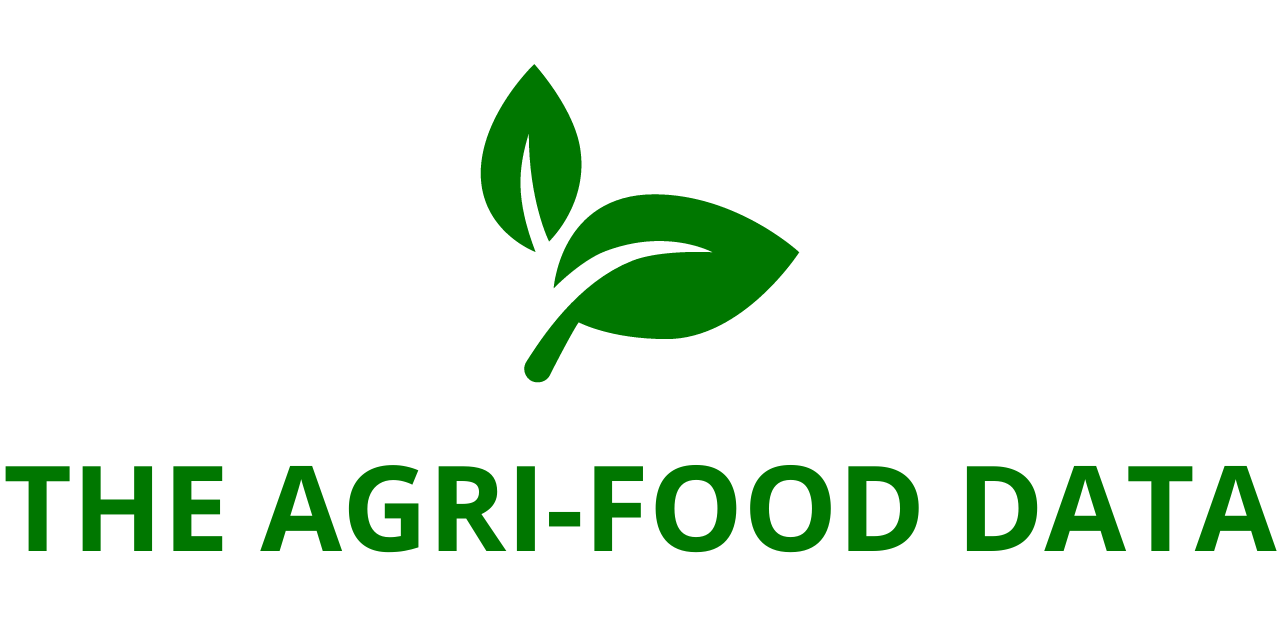
The global Environmental Remediation market is poised for substantial growth, with an expected compound annual growth rate (CAGR) of 9.1% from 2024 to 2030. By the end of this period, the market is projected to reach $215.1 billion, up from an estimated $127.9 billion in 2024.
This report offers a comprehensive analysis of the Environmental Remediation market, examining key factors including technology, site type, medium, and application areas. It also highlights the latest developments in the industry and profiles major companies, providing a clear picture of the market’s progress and future outlook.
Key Drivers of Market Growth
The Environmental Remediation market has been expanding due to a range of factors, such as:
- Increased soil and water contamination
- Stringent government regulations
- Growing concerns over uncontrolled industrial activities
- The development of innovative remediation technologies
- The application of nanotechnology as a new approach
- A heightened focus on eco-friendly industries
The Asia-Pacific region leads as the largest market for environmental remediation and is also the fastest growing. Unprecedented industrialization and rapid population growth in the region have resulted in significant ecological imbalances. Climate change has further exacerbated the situation, contributing to extreme weather patterns, rising sea levels, and shifts in rainfall, all of which require extensive remediation efforts. This trend is expected to continue as more countries in the region adopt environmental cleanup measures.
Environmental Remediation Market by Technology
Various technologies are employed in the Environmental Remediation process, each serving specific needs. Some of the key technologies include:
- Air Sparging
- Bioremediation
- Chemical Treatment
- Electrokinetic Remediation
- Excavation
- Permeable Reactive Barriers
- Soil Washing
Among these, Bioremediation stands out as the dominant and fastest growing technology. It is used to treat pollutants at their original site, eliminating the need to excavate or remove contaminated materials. In In Situ Bioremediation, methods like bioventing, biosparging, and natural attenuation are applied directly to the contaminated site. This technique is particularly effective for groundwater with low contamination levels, as it increases oxygen availability by pumping air into the subsurface, accelerating the degradation of harmful substances.
Ex Situ Bioremediation, which involves removing contaminated materials from their original location, is also widely used, particularly for soil contaminated with hydrocarbons. However, this method can be costlier due to the need for excavation, limiting its broader application.
Environmental Remediation Market by Site Type
The market is divided into two major site types: Private and Public. Public sites hold the larger share of the market and are expected to experience higher growth due to stricter regulations governing environmental damage and remediation. For example, the Comprehensive Environmental Response, Compensation, and Liability Act (CERCLA) in the United States mandates the cleanup of hazardous waste sites and holds parties accountable for pollution.
Environmental Remediation Market by Medium
Environmental Remediation technologies are primarily applied to soil and groundwater. Soil remediation captures the larger portion of the market, as soil is essential for agriculture, biodiversity, and ecosystem health. Contaminated soil can impair plant growth, reduce soil fertility, and harm microbial communities, making soil remediation crucial for sustainable agriculture and ecosystem restoration.
While soil remediation is expected to remain the dominant medium for remediation efforts, the demand for groundwater treatment is projected to grow more rapidly due to increasing concerns over freshwater scarcity. Governments are implementing initiatives to safeguard and restore groundwater resources, further driving the demand for effective remediation solutions.
Environmental Remediation Market by Application Area
The Environmental Remediation market serves various industries, including:
- Agriculture
- Automotive
- Chemical & Industrial Processing
- Construction & Land Development
- Landfills & Waste Disposal Sites
- Manufacturing
- Mining & Forestry
- Oil & Gas
Among these, the Oil & Gas sector is both the largest and the fastest growing application area for environmental remediation technologies. The industry faces challenges from volatile organic compounds (VOCs) and other harmful chemicals released during the production process. These contaminants contribute to air and soil pollution, which can be mitigated using environmental remediation technologies.
In addition to oil and gas, other major application sectors include Mining & Forestry and Chemical & Industrial Processing. Both sectors release hazardous byproducts, including methane and anthropogenic compounds, into the environment, causing long-term damage. Effective remediation is essential to limit environmental harm and ensure sustainable practices.
Conclusion
The global Environmental Remediation market is on a robust growth trajectory, driven by increasing environmental concerns, stricter regulations, and the development of advanced technologies. Asia-Pacific is leading the charge in market expansion, with the region’s rapid industrialization and ecological challenges necessitating widespread adoption of remediation techniques. Technologies like bioremediation, air sparging, and chemical treatments will play a critical role in addressing contamination across various sites, mediums, and industries. With continued innovation and investment, the market is well-positioned to help restore environmental balance and protect natural resources for future generations.





